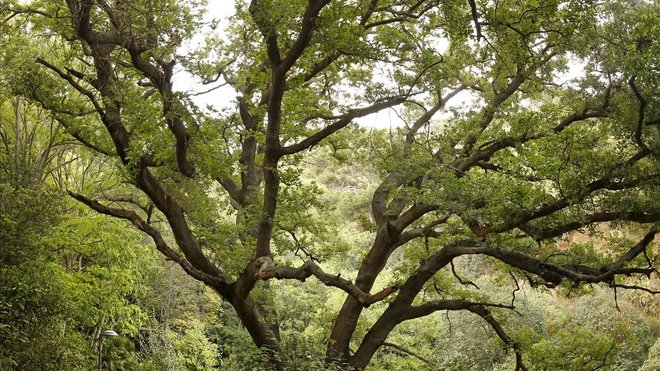Research conducted by the University of Western Sydney in Australia, whose summary article was published in the scientific journal“Nature Climate Change”, indicates that 100% of Barcelona’s trees are at risk due to water scarcity and high temperatures.
The study examined a total of 3,129 tree and shrub species in 78 countries and 164 cities (including Barcelona).
They identified that all of these species exceeded their safety margins to stay alive. Species from cities such as Niamey (Niger), Barcelona and Singapore are found there.
The article explains that this safety margin refers to the intrinsic sensitivity of species to the effects of climate change. It also indicates the potential tolerance to changing climatic conditions by trees and shrubs in the cities studied.
The trees of Barcelona and other Spanish cities
In addition to the Catalan capital, the study also included two other Spanish cities: Santa Cruz de Tenerife, with 46% of its urban trees at risk, and Valencia, with 98% of its species at risk (a figure closer to that of Barcelona).
The factor that most affects urban vegetation in Spanish cities, according to the study, is low rainfall and, of course, high temperatures.
The species most at risk are elm, aspen, pine, northern white cedar, willow, silver birch and European spruce.
It is worth mentioning that Barcelona’s figures are far from the average, compared to other cities analyzed.
The research indicates that the average number of urban trees and shrubs affected by climatic conditions with respect to the safety margin associated with the average annual temperature is 56%.
Likewise, the average of the species that exceed the safety margins with respect to the level of precipitation is 65%.
Manuel Esperón-Rodríguez, lead author of the study, explained that this situation does not mean that the species will die out. What it means is that they are experiencing stressful weather conditions that are sure to affect performance and vitality.
This situation puts at high risk the provision of the multiple services and benefits that urban forests offer to cities.
Among the main benefits of trees to cities are:
- Environmental services to combat heat waves.
- Socioeconomic benefits: carbon sequestration and natural cooling
2050 Scenario
The researchers also projected model scenarios for the year 2050. Thus, it was concluded that the proportion of species at risk due to an increase in average temperatures is 76%, and 70% due to a shortage of annual precipitation.
The main recommendation is to continue planting urban trees.
Finally, it should be noted that urban areas cover about 3% of the planet’s land surface and are home to 55% of the world’s population.

